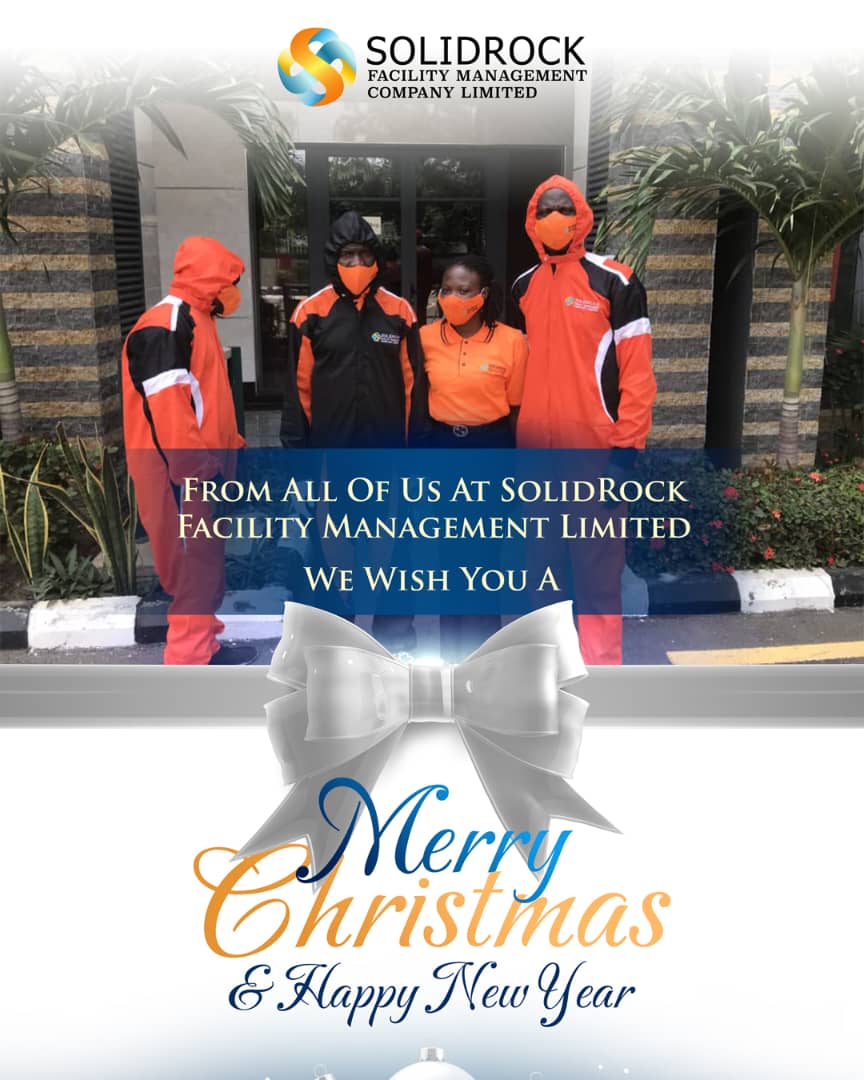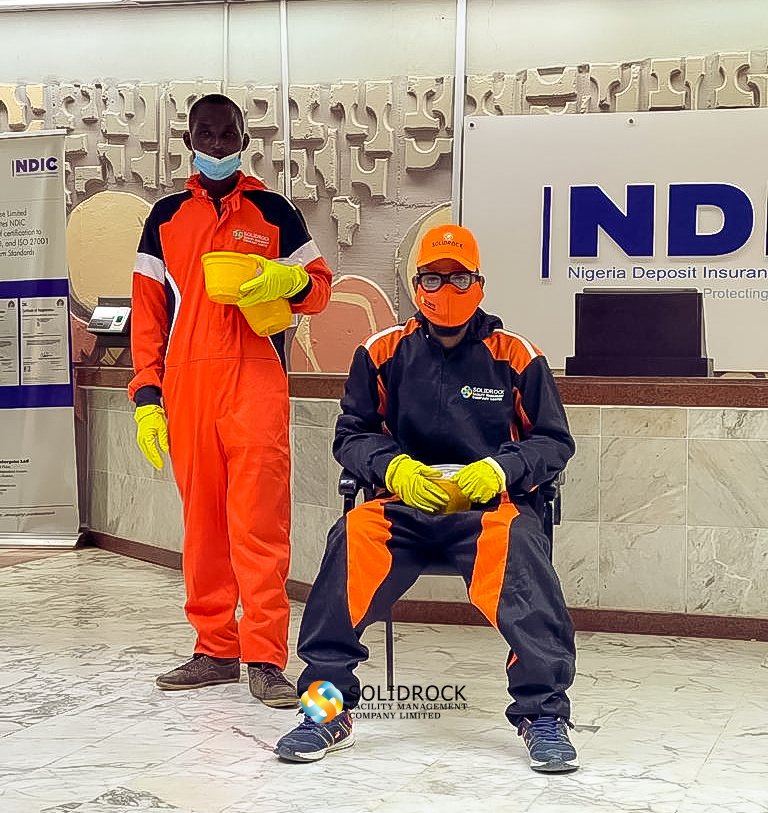How Robotics Became A Staple In Modern Cleaning And Maintenance
Between 2024 and 2025, the cleaning robotics market saw a 23.9% year-over-year increase, shifting from an emerging to an essential industry
There’s little mystery to this rapid increase in adoption. Expectations for facility cleanliness and the pressure to prove performance have never been higher. And just as the standards have risen, the labor pool has shrunk. These dual challenges have led many facility teams to muster new strategies, and robotics has proven to be one of the most practical, effective tools available.
Converging Pressures Behind Robotics Adoption
The sharp rise of cleaning robotics in facility maintenance was not an overnight phenomenon. It was sparked by a mix of intersecting developments: shifting customer expectations, workforce limitations, and major technological advancements.
Facility management teams are under more pressure than ever to ensure clean and safe environments across multiple sites, often with limited resources. Moreover, managers must also contend with unpredictable foot traffic, changing schedules, and rising standards, all while proving results with consistent, documented performance.
Concurrently, finding and retaining staff remain uphill battles. Survey after survey shows that the majority of facility managers point to understaffing as a major challenge. Traditional methods alone are seemingly no longer enough to keep up.
From Prototype To Powerhouse
Earlier versions of cleaning and maintenance robotics weren’t held back by popular demand, but by limitations in their capability. Battery life, navigation accuracy, and adaptability were significant hurdles. Now, things have changed.
Modern AMRs come fully equipped with advanced sensors, machine learning, sophisticated mapping technology, and vastly improved battery life, enabling them to navigate complex and crowded environments with ease, without the need for constant supervision.
Most models also feature built-in analytics tools to track activity, coverage, and runtime, giving facility managers real-time insights and a clear, verifiable record of cleaning activity.
Robots That Reinforce Human Effort
It’s key to understand that cleaning robots aren’t built to replace workers. They’re meant to support them by tackling repetitive, physically demanding tasks, allowing teams to focus on more detailed, higher-value tasks.
Accelerating adoption even further are the considerable improvements to the user interface. Because their full impact relies on the people using them, AMRs are built for ease of use, sporting simple touchscreen controls, intuitive interfaces, and mobile status updates that make them easy to operate and maintain.
These developments have helped to push AMRs from niche tools into practical, scalable solutions for facility operations.
Essential, Not Experimental
Once considered a novelty, AMRs are now proving their worth every day in real-world environments. They already deliver consistent cleaning quality, reduce downtime, allow teams to get more done with fewer hands, they’re still evolving. As robotics continues to advance, we will see cleaning and maintenance teams become more proactive and less reactive to ever-changing facility needs.
For today’s facility managers navigating limited resources amid heightened expectations, the question is not whether to explore robotics, but how best to implement them effectively.





